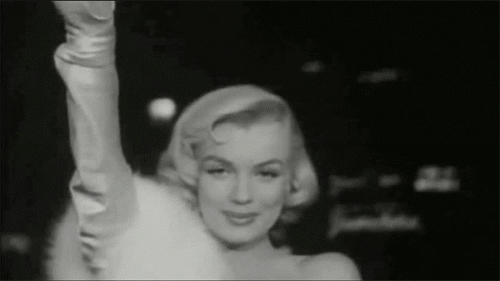Internet Debris
Internet Debris does not claim rights
to any of the photos or media content posted to the site.
NOTHING posted here is mine!
No copyright infringement is intended.
Check out
Photo Blog
Scientists reveal 16th century Facebook

Image credit: CC 3.0 Tom Murphy VII
Long before the invention of the computer, Italian academics had their own version of Facebook.
Facebook and other social networking sites revolve around providing users with the ability to stay in touch while sharing and commenting on topical subjects and points of interest. In the 16th and 17th centuries, scholars participated in similar activities using yearbooks, letters, volumes and speeches to communicate their points. They even used nicknames, mottoes and logos to represent themselves while forming groups and sharing their music, poetry and writings with one another."Just as we create user names for our profiles on Facebook and Twitter and create circles of friends on Google plus, these scholars created nicknames, shared - and commented on - topical ideas, the news of the day, and exchanged poems, plays and music," said Professor Jane Everson.

The discovery was made during a collaborative research project between Royal Holloway, the British Library and Reading University, in which a team of academics are cataloguing and investigating the works of the Italian Academies, dating from 1525 to 1700. The project provides information about the academies, their members, publications, activities and emblems.
The team was surprised to realize just how similar the activities of these 16th and 17th century scholars were with society today – young scholars created nicknames for themselves and developed emblems and mottoes to form groups.
“Just as we create user names for our profiles on Facebook and Twitter and create circles of friends on Google plus, these scholars created nicknames, shared – and commented on – topical ideas, the news of the day, and exchanged poems, plays and music,” said principal-investigator Prof Jane Everson of Royal Holloway University.
“It may have taken a little longer for this to be shared without the Internet, but through the creation of yearbooks and volumes of letters and speeches, they shared the information of the day.”
The scholars created satirical names for their academies such as Gelati and Intronati.
“They are jokey names, which really mean the opposite of what they say. Intronati has nothing to do with thrones; it means dazed, stunned, knocked out and so not able to think straight – but really the Intronati were engaged in serious study, debates, dramatic performances and the like from the moment they were founded in the 1520s – and they are still as active as ever in their home city of Siena,” Prof Everson said.
“The Gelati were not going around singing ‘just one cornetto’. Gelati means the frozen ones – so a pun on the fact that these academicians far from being totally inactive through being frozen cold, were busy debating, exploring ideas, challenging received opinions and changing the cultural world of their home city of Bologna, and indeed of Italy and far beyond.”
Just as the names of the academies and the nicknames of the individual members were fun, so are the emblems and mottos which illustrate the name of the academy. The scholars took great delight in creating puzzling emblems with hidden meanings.
“They do sometimes take some working out, but it is great fun when you can see the hidden meanings in the images,” Prof Everson concluded.
Text and image via
What lies beneath...
Spooky Reading
What lies beneath...
Spooky Reading





No comments:
Post a Comment